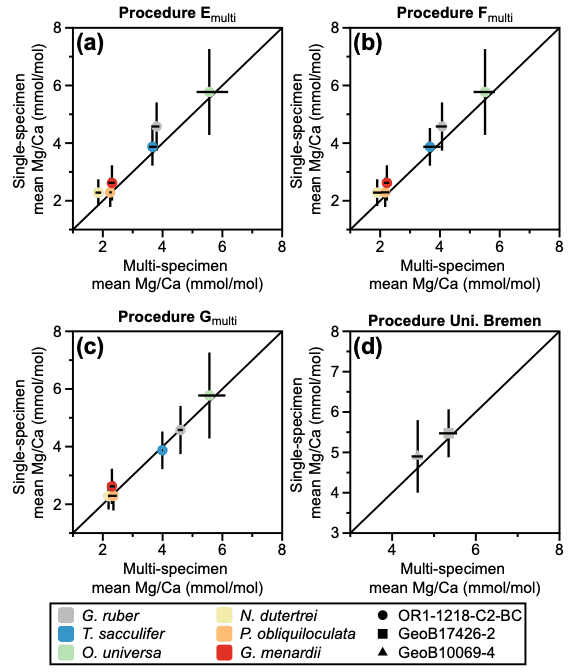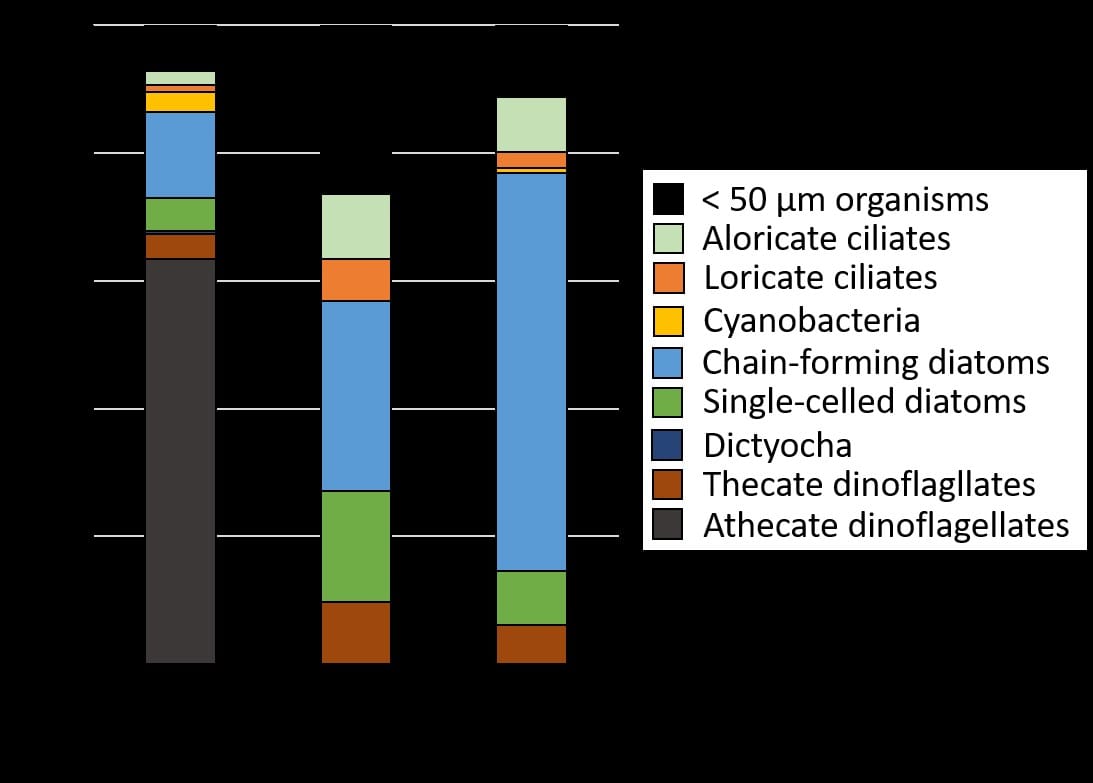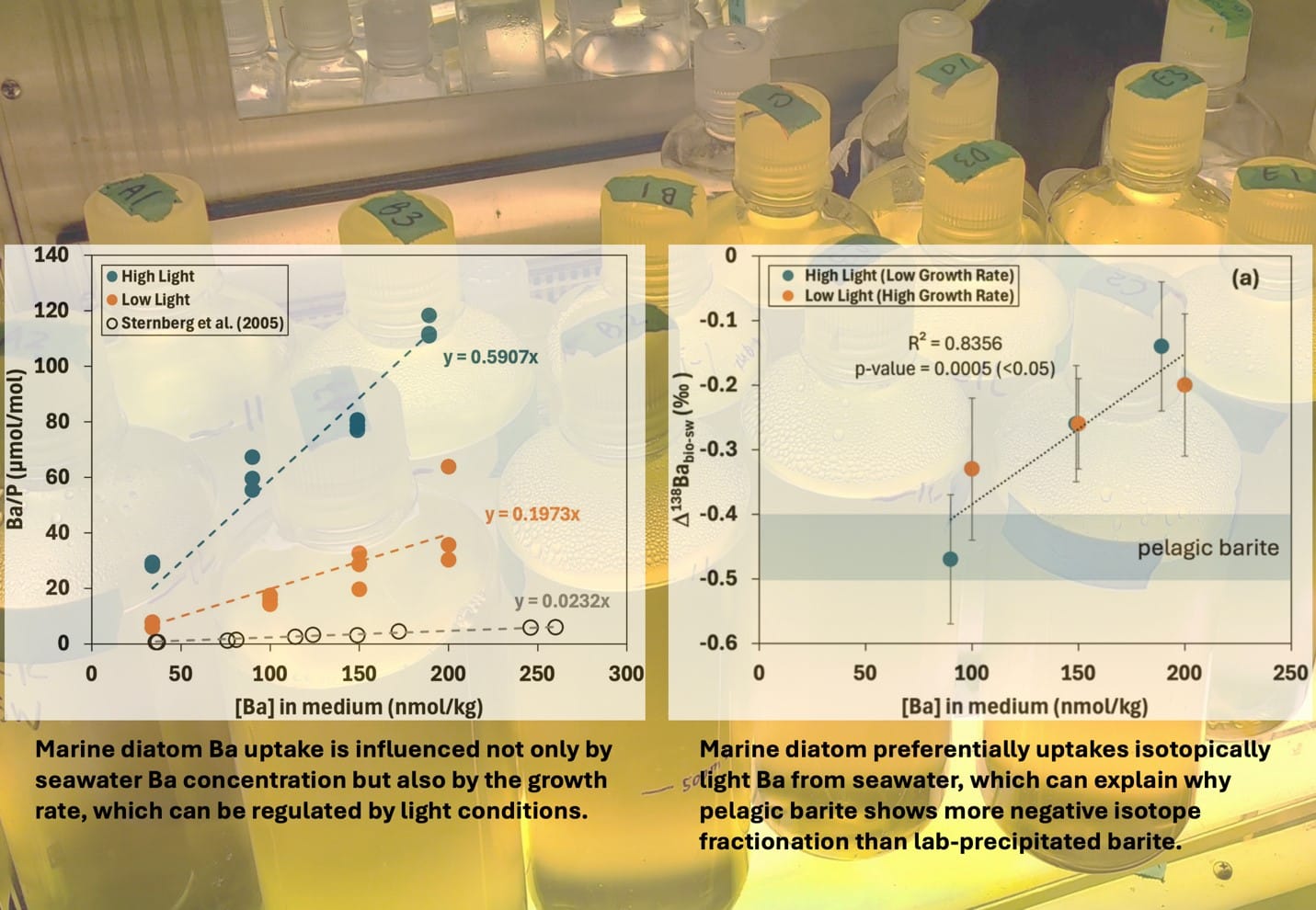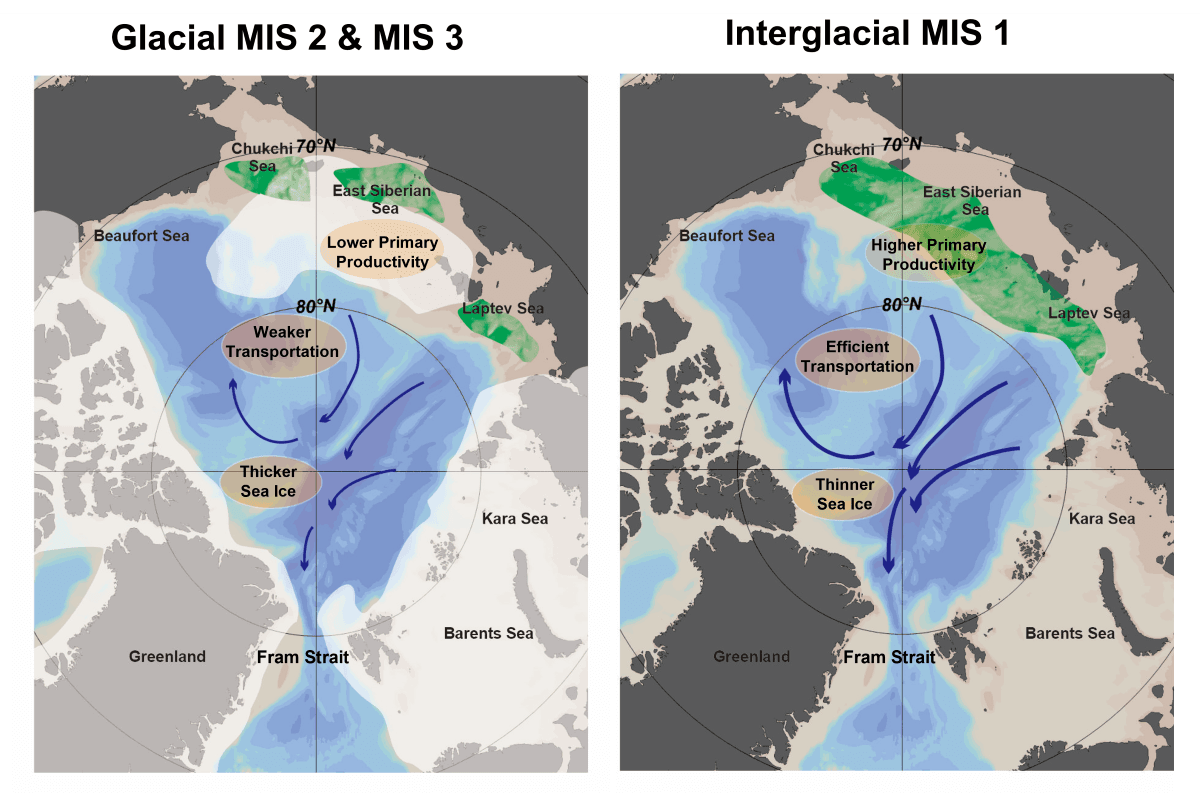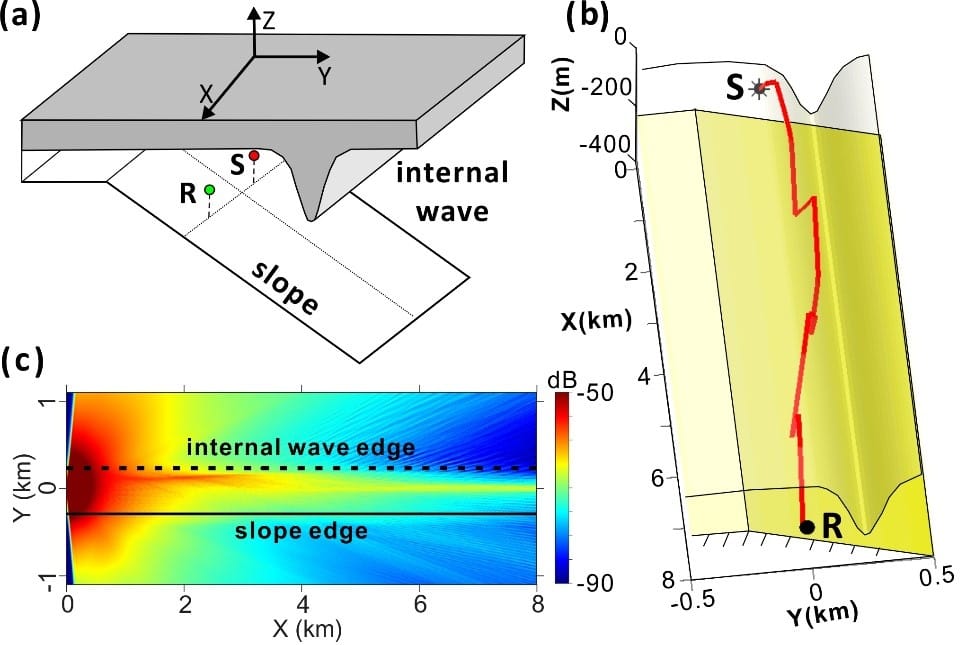Abstract
Developing realistic, three-dimensional ruptures corresponding to a regional plate convergence is difficult to accomplish directly through band-limited ground-motion observations. A potential indirect method for this evaluation is to use a tsunami simulation to verify the rupture model reversely because the initial conditions of the associated tsunamis are caused by a coseismic seafloor correlating to the rupture pattern along the main faulting. In this study, five well-developed rupture models, Models I to V, that were used for the 2011 Tohoku-Oki earthquake were adopted to discriminate the differences between simulated tsunamis and various rupture asperities. Models I to V are Ammon et al. (2011), Lee et al. (2011), Yamazaki et al. (2011), Fujii et al. (2011), and Maeda et al. (2011). The leading wave of the simulated tsunamis triggered by the seafloor displacement of Model III obtained the smallest root-mean-squared difference (~0.082m on average) from the records of the eight DART (Deep-ocean Assessment and Reporting of Tsunamis) stations in the model domain, indicating that the main seismic rupture should occur in a large shallow slip in a narrow range adjacent to the Japan trench in the 2011 Tohoku earthquake. This study also quantified the influences of ocean stratification and tides, which are normally overlooked, on tsunami simulation. The discrepancy between the simulations with and without stratification was less than 5% of the first peak wave height at the eight DART stations. The simulations, run with and without the presence of tides, resulted in a ~1% discrepancy in the height of the leading wave. Because simulations that include tides and stratification are time-consuming and their influences are negligible, particularly in the first tsunami wave, the two factors can be ignored in a tsunami prediction for practical purposes.

